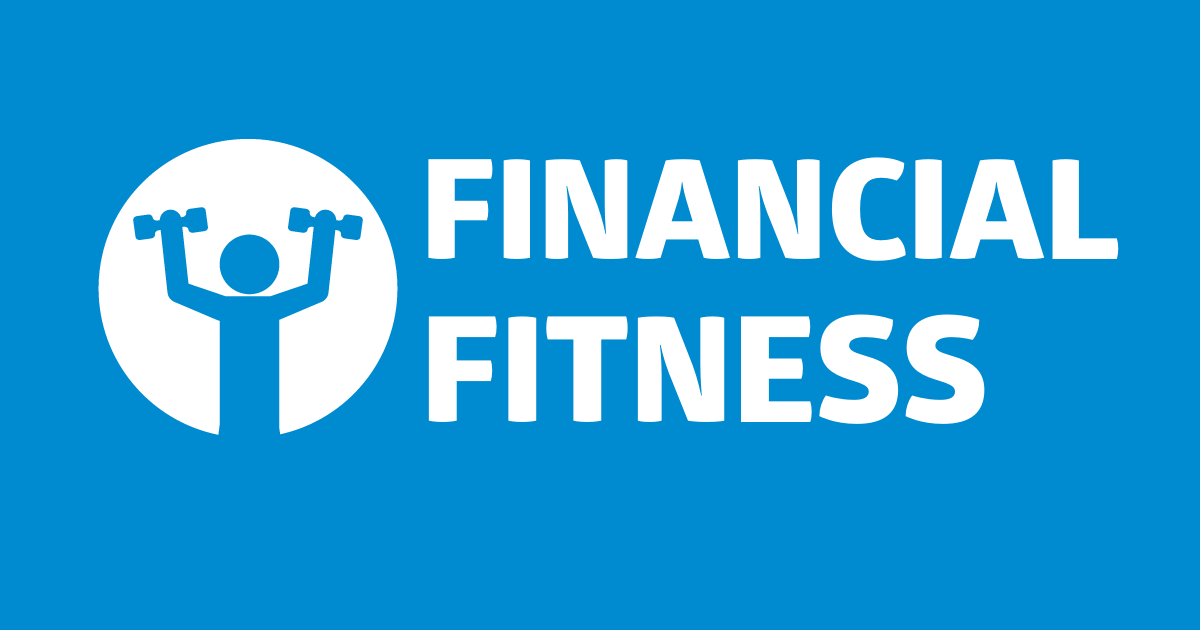Government Sponsored Enterprise (GSE) loans: Fannie Mae and Freddie Mac
By Charlestien Harris
In my previous article, I explained the terms and conditions of the forbearance option for homeowners with government-sponsored enterprise (GSE) loans during the pandemic.
This week I will discuss other available options for when the forbearance period ends and how to access them. Again, these options are only available to homeowners that have government-backed loans. The CARES Act does not cover homeowners without federally backed loans, so they will have to ask their loan servicers what options are available to them.
Reinstatement
One of the first options available is reinstatement. This means that the original outstanding delinquent balance is paid in one lump sum at the end of the forbearance plan to bring the mortgage current. If you are a homeowner that can afford to pay the lump sum then this course of action is best, but according to the CARES Act a lump sum cannot be required by your lender.
Repayment Plan
With this option, once normal monthly payments resume, the past due portion of your mortgage is spread out and added on to your current mortgage payments. This lasts for several months until the past due amount is paid in full.
COVID-19 Payment Deferral Plan
This option involves returning a homeowner’s monthly mortgage payment to its pre-COVID amount by adding up to 12 months of missed payments to the end of their mortgage term without accruing any additional interest or late fees.
Flex Modification
A flex modification is usually offered to those homeowners that cannot resume their normal monthly payments for various reasons such as a reduction in income, loss of income or a health related issue preventing full employment. This option also will involve a trial payment plan, interest rate reduction and the unpaid amounts are capitalized into the principle balance. The terms of the loan can be extended up to forty years and a portion of the principle balance can be converted to non-interest bearing balance due at maturity.
It doesn’t matter which option you and your loan servicer choose, just make sure you get your agreement in writing. I know these loan workout plans do not require documentation, but it is always a good idea to keep records just in case you want to refinance or you default and a foreclosure may be looming. A loan modification packet requires a hardship letter and having the documentation on hand helps to keep the facts straight. Having the paperwork at your immediate disposal aids in completing the required information for your lender or loan servicer in a timely manner.
A HUD certified counselor can assist you with completing the paperwork, help you understand the available options, and answer questions you may have about how to access these loan workout options provided by the passage of the CARES Act.
Next week I will continue to discuss additional loss mitigation options available for homeowners with federally backed home loans. As always, if you have any questions or concerns, please call me at 662-624-5776 or email me at charlestien.harris@southernpartners.org. Until next week, stay financially fit!
